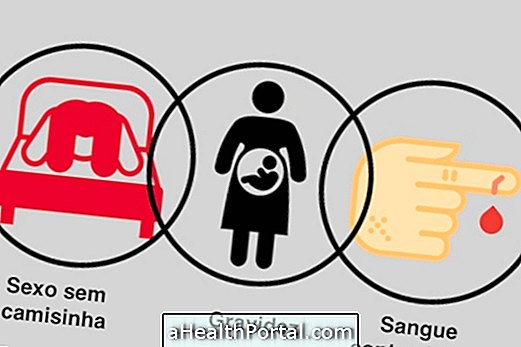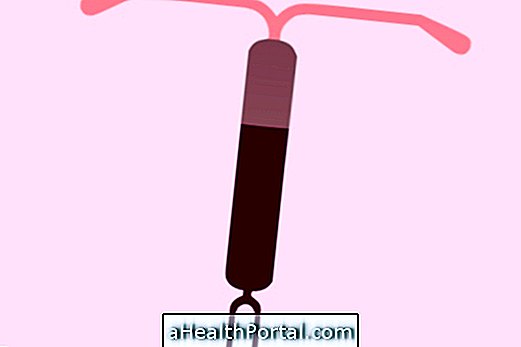The didelphic uterus is characterized by a rare congenital anomaly, in which the woman has two uteri, each having its opening, or both having the same uterine cervix.
Women who have a didelphic uterus can become pregnant and have a healthy pregnancy, however there is a greater risk of an abortion or the birth of a premature baby than women who have a normal uterus.

What are the symptoms
Generally, people with didelphic uterus do not manifest symptoms, being the problem only detected in the gynecologist, or when the woman experiences several abortions in a row.
When the woman has a double uterus, she also has two vaginas, she realizes that during the menstrual period the bleeding does not stop when she puts an internal absorbent, because the bleeding continues to occur through the other vagina. In these cases, the problem can be more easily detected.
Most women with a didelphic uterus have a normal life, however the risk of infertility, miscarriages, premature births and kidney abnormalities is greater than in women with a normal uterus.
Possible causes
It is not known exactly what causes the uterus didel, but it is thought that this is a genetic problem since it is usual to happen in several members of the same family. This anomaly forms during the development of the baby still in the mother's belly.
What is the diagnosis
The didelus uterus can be diagnosed by performing ultrasound, MRI, or hysterosalpingography, which is a contrast-enhanced gynecological X-ray examination. See how this exam is done.
How is the treatment done?
If the person has a didelus uterus but shows no signs or symptoms, or has any fertility problems, treatment is usually not necessary.
In some cases, the doctor may suggest having surgery to join the uterus, especially if the woman also has two vaginas. This procedure may make birth easier.
























